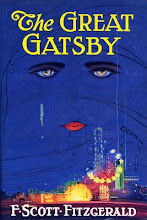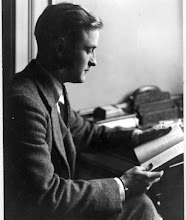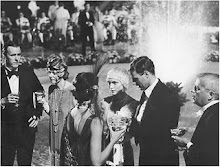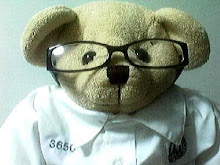what the Flapp'
 The flapper style brought about feelings of independence and luxury to the 1920s. People during this time were loose and care-free about the conservative norm; not really thinking about the consequences of their actions. New dances, such as “the Charleston”, were very popular because of the way it allowed them to move and glide across the dance floor. Conservatives opposed this way of living, but flappers often said that it shouldn’t matter what they do…
The flapper style brought about feelings of independence and luxury to the 1920s. People during this time were loose and care-free about the conservative norm; not really thinking about the consequences of their actions. New dances, such as “the Charleston”, were very popular because of the way it allowed them to move and glide across the dance floor. Conservatives opposed this way of living, but flappers often said that it shouldn’t matter what they do…“as long as you don’t do it in the street and frighten the horses.”
Women were just as anxious as the men to avoid returning to society’s rules and roles after the war. In the age of the Gibson Girl, young women did not date, they waited until a proper young man formally paid her interest with suitable intentions (i.e. marriage). However, nearly a whole generation of young men had died in the war, leaving nearly a whole generation of young women without possible suitors. Young women decided that they were not willing to waste away their young lives waiting idly for spinsterhood; they were going to enjoy life.
http://history1900s.about.com/od/1920s/a/flappers.htm
 The term flapper originated in Great Britain, where there was a short fad among young women to wear rubber galoshes (an overshoe worn in the rain or snow) left open to flap when they walked. The name stuck, and throughout the United States and Europe flapper was the name given to liberated young women. Flappers were bold, confident, and sexy. They tried new fad diets in an effort to achieve a fashionable thinness, because new fashions required slim figures, flat chests, and slim hips. The flapper dress was boxy and hung straight from shoulder to knee, with no waistline, allowing much more freedom of movement than women’s fashions before the 1920s. While it did not show breasts or hips, it did show a lot of leg, and the just-below-the-knee length horrified many of the older generation.
The term flapper originated in Great Britain, where there was a short fad among young women to wear rubber galoshes (an overshoe worn in the rain or snow) left open to flap when they walked. The name stuck, and throughout the United States and Europe flapper was the name given to liberated young women. Flappers were bold, confident, and sexy. They tried new fad diets in an effort to achieve a fashionable thinness, because new fashions required slim figures, flat chests, and slim hips. The flapper dress was boxy and hung straight from shoulder to knee, with no waistline, allowing much more freedom of movement than women’s fashions before the 1920s. While it did not show breasts or hips, it did show a lot of leg, and the just-below-the-knee length horrified many of the older generation. Flappers also shocked conservatives by cutting their hair short and wearing makeup. Before the 1920s long hair was the mark of a respectable lady, but flappers had no time for elaborate hairdos. They cut, or bobbed, their hair just below the ears and curled it in dozens of tiny spit curls with a new invention called a bobby pin. Some also used electric curling irons to create small waves called “marcels,” named after Marcel Grateau (1852–1936), the French hair stylist who invented them. Cosmetics had long been associated with prostitutes and actresses, but flappers considered it glamorous to wear dark red lipstick, lots of rouge, and thick black lines around their eyes, sometimes made with the burned end of a matchstick. New cosmetics companies including Maybelline and Coty began manufacturing products to help women achieve the new look. For the first time, women began to carry cosmetics with them in handbag wherever they went.
Despite the youthful enthusiasm for flapper style, some people felt threatened by it. When hemlines began to rise, several states made laws charging fines to women wearing skirts with hemlines more than three inches above the ankle, and many employers fired women who bobbed their hair. However, in the excitement and gaiety that followed the end of World War I in 1918, the movement toward a freer fashion could not be stopped by those who valued the old ways. It took the stock market crash of 1929 to bring the era of the flapper to a sudden end. Almost overnight, the arrival of an economic depression brought a serious tone to society. Women's hemlines dropped again, and the carefree age of the flapper was over.
http://www.fashionencyclopedia.com/fashion_costume_culture/Modern-World-1919-1929/Flappers.html












Great post girls! The text is no longer there Praveena, so the background and everything look amazing! Great information, pictures, and sources. Keep up the great work! 75/75
ReplyDeleteMs. Donahue